The Pythagorean Theorem -> sum
Sum
In mathematics, the sum is the result of adding two or more numbers or quantities together. The sum is a basic arithmetic operation and is denoted by the plus sign (+). For example, the sum of 3 and 5 is 8, which can be written as 3 + 5 = 8.
Properties of Sum
- Commutative Property: The sum of two numbers remains the same regardless of the order in which they are added. In other words, a + b = b + a.
- Associative Property: When adding three or more numbers, the grouping of the numbers does not affect the sum. In other words, (a + b) + c = a + (b + c).
- Identity Property: The sum of any number and zero is the number itself. In other words, a + 0 = a.
Examples
1. Find the sum of 7 and 4.
Sum: 7 + 4 = 11
2. Find the sum of 12, 5, and 8.
Sum: 12 + 5 + 8 = 25
Study Guide
To effectively work with sums, it's important to understand the basic properties and practice adding different numbers. Here are some key points to remember when dealing with sums:
- Understand the meaning of the sum and how it relates to addition.
- Learn and apply the commutative, associative, and identity properties of addition.
- Practice adding single-digit, double-digit, and triple-digit numbers to build fluency in finding sums.
- Apply the concept of sums to real-life situations, such as adding prices of items or calculating total distances traveled.
By mastering the concept of sum and practicing its application, you'll develop a strong foundation in arithmetic and be better equipped to solve more complex mathematical problems in the future.
.◂Math Worksheets and Study Guides Seventh Grade. The Pythagorean Theorem
Study Guide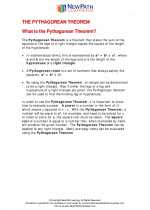 The Pythagorean Theorem
The Pythagorean Theorem  Study Guide
Study Guide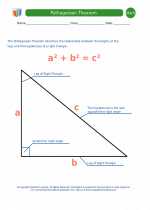 Pythagorean Theorem Definitions
Pythagorean Theorem Definitions  Worksheet/Answer key
Worksheet/Answer key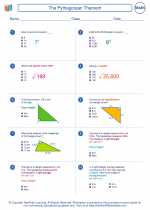 The Pythagorean Theorem
The Pythagorean Theorem  Worksheet/Answer key
Worksheet/Answer key The Pythagorean Theorem
The Pythagorean Theorem  Worksheet/Answer key
Worksheet/Answer key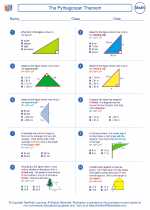 The Pythagorean Theorem
The Pythagorean Theorem  Worksheet/Answer key
Worksheet/Answer key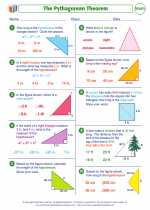 The Pythagorean Theorem
The Pythagorean Theorem  Worksheet/Answer key
Worksheet/Answer key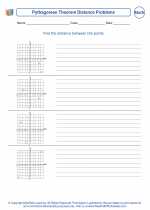 Pythagorean Theorem Distance Problems
Pythagorean Theorem Distance Problems  Worksheet/Answer key
Worksheet/Answer key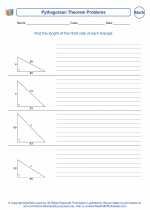 Pythagorean Theorem Problems
Pythagorean Theorem Problems  Worksheet/Answer key
Worksheet/Answer key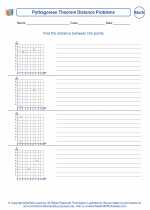 Pythagorean Theorem Distance Problems
Pythagorean Theorem Distance Problems  Worksheet/Answer key
Worksheet/Answer key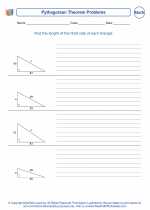 Pythagorean Theorem Problems
Pythagorean Theorem Problems  Worksheet/Answer key
Worksheet/Answer key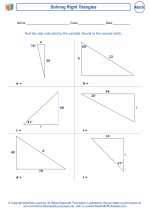 Solving Right Triangles
Solving Right Triangles  Worksheet/Answer key
Worksheet/Answer key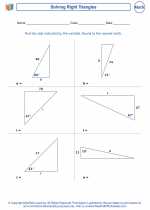 Solving Right Triangles
Solving Right Triangles 

 Study Guide
Study Guide
 Worksheet/Answer key
Worksheet/Answer key
 Worksheet/Answer key
Worksheet/Answer key
 Worksheet/Answer key
Worksheet/Answer key
 Worksheet/Answer key
Worksheet/Answer key
 Worksheet/Answer key
Worksheet/Answer key
 Worksheet/Answer key
Worksheet/Answer key
 Worksheet/Answer key
Worksheet/Answer key
 Worksheet/Answer key
Worksheet/Answer key
 Worksheet/Answer key
Worksheet/Answer key
 Worksheet/Answer key
Worksheet/Answer key

The resources above cover the following skills:
Geometry (NCTM)
Analyze characteristics and properties of two- and three-dimensional geometric shapes and develop mathematical arguments about geometric relationships.
Create and critique inductive and deductive arguments concerning geometric ideas and relationships, such as congruence, similarity, and the Pythagorean relationship.